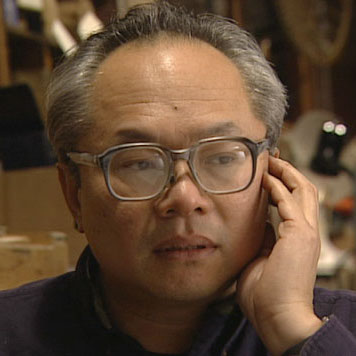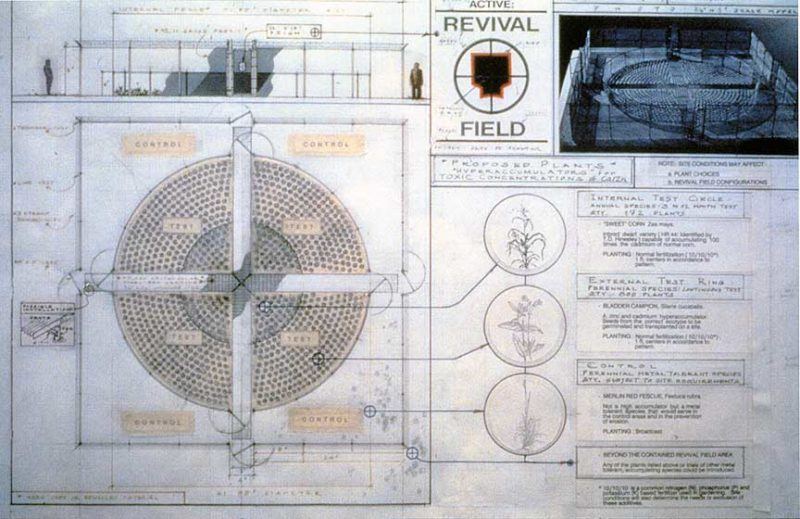Mel Chin

Mel Chin was born in 1951 in Houston, Texas, and currently lives and works in North Carolina. He received a BA from Peabody College in 1975. Chin uses technology, collage, sculpture, and large-scale installations to create a body of work centered around environmental, political, and social issues. Working as a conceptual artist, he inserts art into unlikely places and forms, including video games, destroyed homes, toxic landfills, and popular television.
Interested in creating greater social awareness and responsibility and facilitating political change, Chin engages wide-ranging communities in the conception, execution, and success of his work. He says, “The survival of my own ideas may not be as important as a condition I might create for others’ ideas to be realized.” In Revival Field (1991-1993), the artist works with scientists in Pig’s Eyelandfill, a state superfund site in St. Paul, Minnesota to plant dwarf corn, romaine lettuce, alpine pennycress, red fescue, and bladder campion in an enclosed fence. These plants, known as hyperaccumulators, extract heavy metals from contaminated soil. In 1993, Chin marked the success of the project, by harvesting samples that showed the impact of hyperaccumulators on the land. The artist now works with scientists around the world to build new Revival Fields, providing a space for additional information and research into green remediation. With the renewed ecology of the land as the work of art, Chin decentralizes the role of the artist from the work, creating a self-sufficient artwork that can regenerate and give back to its local community.
The medium Chin works in varies in response to his ideas and projects, resulting in engagements with media and materials like land, sculpture, and technology. In KNOWMAD (2000), the artist collaborated with software engineers to create a video game centered around a series of tribal rugs from Afghanistan, Anatolia, Iran, and Turkey. With different obstacle courses to complete, the video game offers a digital reweaving of patterns that have been around for thousands of years, now on the brink of extinction. Chin looks to the popularity of video games as a tool to reintroduce and celebrate tribal culture and the histories and cultures behind the rugs. Likewise, for his work, In the Name of the Game (1994-1996), Chin founded the GALA Committee, a collective of artists, students, and faculty from a series of universities. Working together, this group creates artwork and props to be arranged in the background of the hit show Melrose Place. Over several seasons, these artworks strategically highlight relevant issues such as reproductive rights, HIV/AIDS, the Gulf War, and domestic terrorism. Chin responds to our rapid dependence on technology as the source of information acquisition, using it as the medium through which he raises awareness. “Making art, I think, is not about one track, not one method,” he says. “But the diversity of ideas and how they survive and the methods they are transmitted is very important.”
Videos 4
-
Mel Chin



